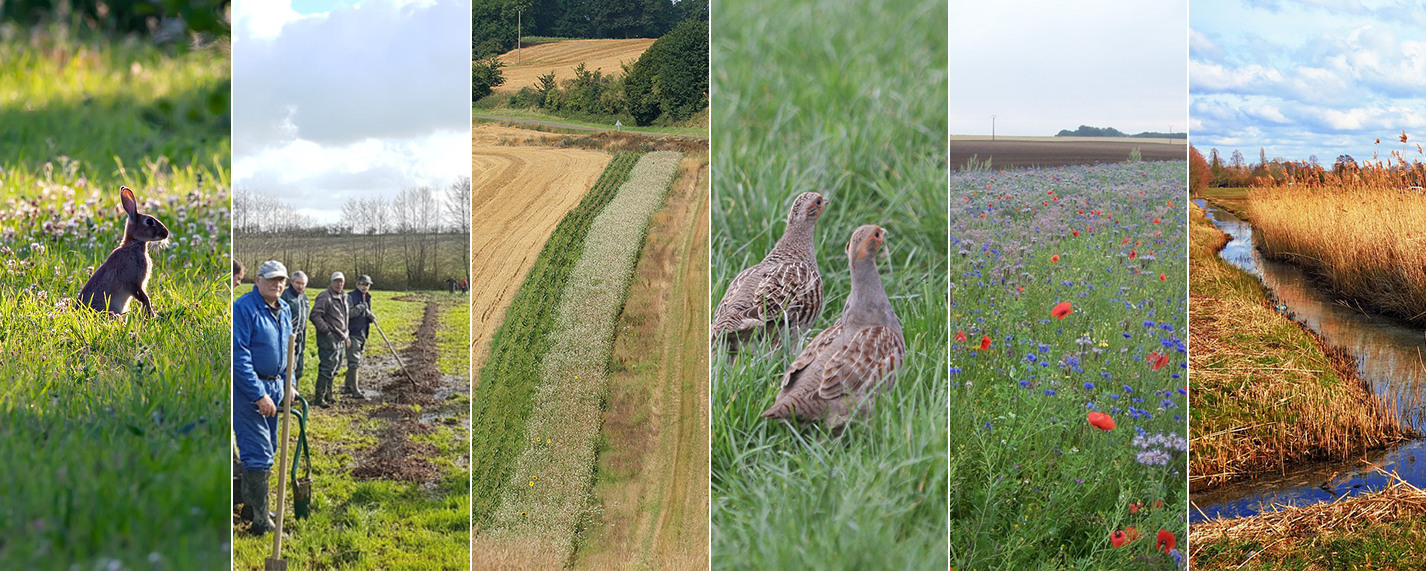
17 Jun 2024 Nature Restoration Law Adopted
Brussels, 17 June 2024—The Nature Restoration Law was adopted following approval from a majority of the Member States. The European Parliament and Council (Member States) previously agreed upon the regulation’s text during the trilogue negotiations in November 2023.
The regulation aims to restore at least 20% of the EU’s land and sea areas by 2030 and all ecosystems in need of restoration by 2050. This is good news for Europe’s small game populations. European land use policy has been a core driver of biodiversity loss. Solving this problem requires a solution at the European scale.
FACE has long advocated for a greater priority for habitat restoration; now, this has become a reality. Today’s vote means tailored restoration measures can be designed nationally while ensuring adequate funding and incentives for farmers and landowners.
Looking ahead, the success of the Nature Restoration Law hinges on strong political support and the active participation of all rural stakeholders. This includes farmers, land managers, foresters, anglers, and hunters, whose collective efforts can transform this law into tangible on-the-ground initiatives.
Significant funding is essential to ensure that financially attractive options for rural stakeholders can be made available through national restoration plans. Many Member States referenced this point in advance of today’s vote.
FACE has gathered hundreds of small-scale restoration projects managed by local hunters in Europe in its Biodiversity Manifesto. Recognising the significant progress already achieved through this dedicated work of hunters across Europe is crucial. The Nature Restoration Law presents a unique opportunity to amplify these actions with national-level planning and dedicated resources, inspiring a new wave of restoration efforts.
- Successful implementation of this law will depend on Member States’ designing good ‘National Restoration Plans’ in a proactive way with stakeholders such as farmers, landowners, hunters, foresters, and other key actors. This is essential to ensure the initiatives on the ground are successful in the long term for game and wildlife.
- Nature restoration does not imply stopping activities in restored ecosystems, including hunting.
- Restoration should not be confused with the EU’s protected area targets established in the EU Biodiversity Strategy for 2030, which is further explained in the European Commission Staff Working Document on Criteria and Guidance for Protected Areas Designation.
- The measures that were considered burdensome were removed during the lengthy negotiation process. The text is now a bare minimum to allow nature restoration.

